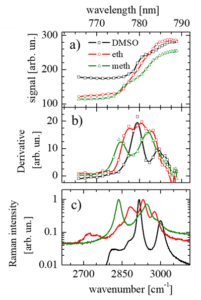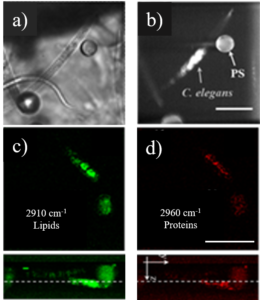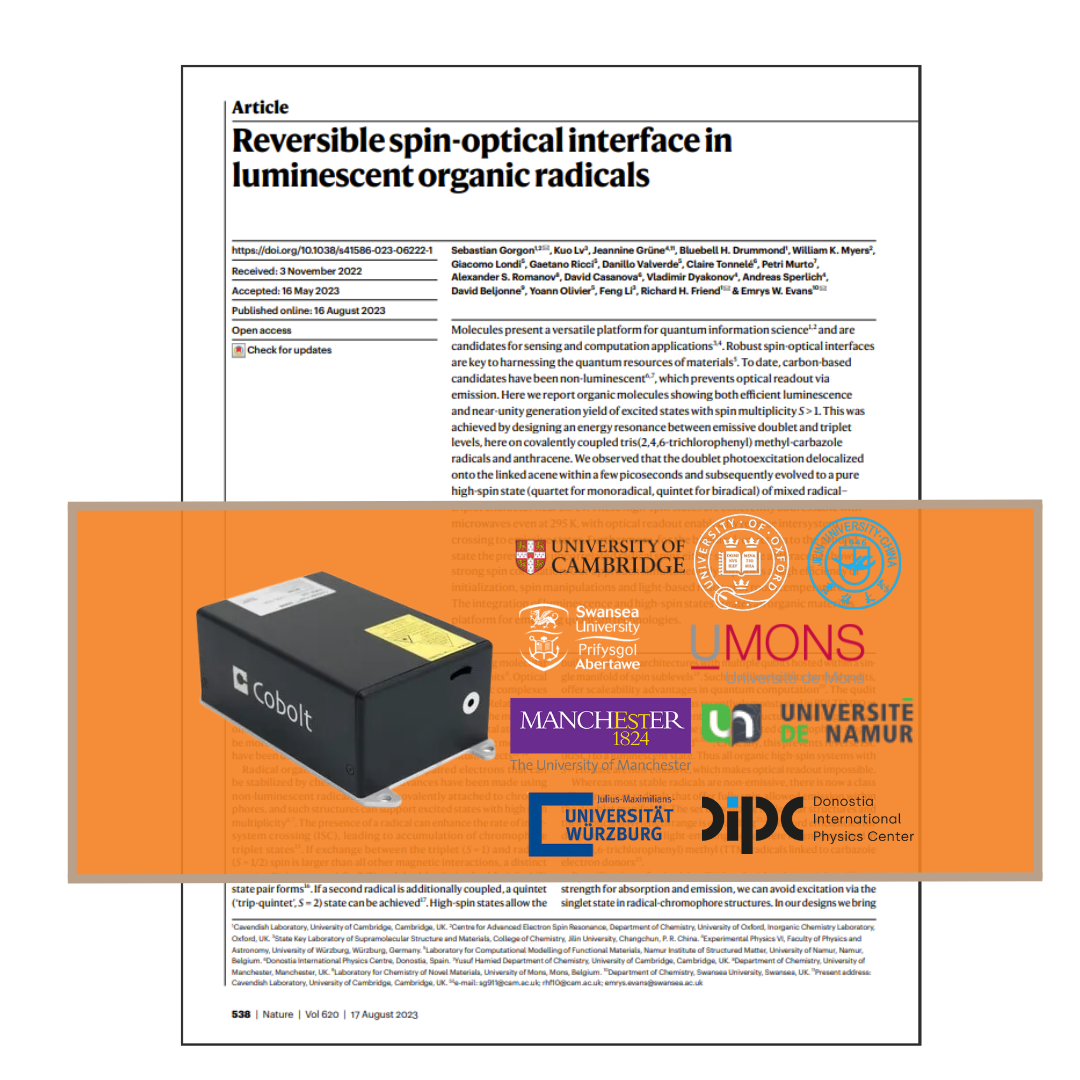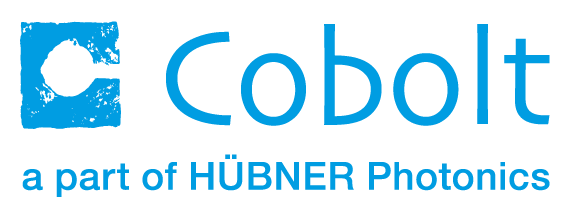3 March, 2021
Raman light sheet microscopy: a fast micro-spectroscopy imaging technique
Raman spectroscopy provides information about the chemical composition of materials, cells and tissues. The Raman process is induced by scattering of the excitation light with the vibration of the molecules contained in the sample. This provides an intrinsic label-free contrast mechanism from the sample that is rich in biochemical content. Taking 2D information of the molecular distribution that conforms the sample is thus, very attractive to the biomedical science community. However, the efficiency of the Raman scattering process is very low and, therefore, long acquisition times (that goes from few minutes to several hours) are required to obtain a single 2D image. This makes practically impossible the use of Raman imaging for in vivo studies and/or volumetric chemical information. In this post we present a recently published approach for fast 2D Raman imaging [1], based on a digital scanned light sheet microscopy (DSLM) system that uses interferometric tunable filters and a compact Cobolt 06-MLD Laser operating at 638 nm.

Figure 1. Raman LiShMS setup. GM: x-y Galvo-Mirror; EO: exciting objective; CO: collecting objective; SL: scan lens; TL: tube lens TF: tuning filter.
Raman imaging without using a spectrometer
A DSLM system can be adapted such that the digitally scanned plane of light (see Figure 1) is used to excite the Raman process at a single plane of the sample. The generated 2D Raman information is then imaged onto a CMOS camera through the collection arm of the microscope. Without any modification, such system will record an image where each pixel represents the integrated Raman information without any spectral resolution. To spectrally resolve the Raman information, an interferometric tunable filter (TF) is utilized. By changing the angular orientation of the TF, its sharp edged transition is continuously shifted.

Figure 2. Raman LiShMS imaging in different organic solvents using a 638 nm Cobolt Laser at 20 mW, a) spectral knife-edge traces, b) Raman spectra after the derivation process, and, c) Corresponding Raman spectra of the same solvents, taken with a confocal micro-Raman system. Reproduced from Rocha-Mendoza et al., Biomed. Opt. Express 6(9), 3449-3461 (2015).
This allows recording on every pixel a cumulative intensity distribution of the vibrational Raman bands as the TF angular position is changed (see inset of Fig. 1 and Fig. 2a). Afterwards, a simple differentiation of the images is used to recover the Raman spectrum (see Fig. 2b). Since this procedure is performed pixel-by-pixel on the entire image, a 3D spectrally resolved Raman map is obtained for each illuminated plane. The obtained Raman spectra are in good agreement with the spectra taken under a confocal micro Raman system (Fig. 2c).
Getting faster 3D hyperspectral Raman image
The feasibility of the technique for imaging solid 3D samples was demonstrated using a compact CW Cobolt laser at 638 nm for studying the contents of lipids and proteins in living biological samples, such as C. elegans nematodes (Figure 3). It is worth mentioning that the required time to extract all this 3D-Raman information (300 × 300 × 180 µm3) was about 5 minutes.

Figure 3. 3D Raman Light Sheet micro-spectroscopy of C. elegans nematodes. a) Bright-field and b) integrated Raman images of a sample with polystyrene (PS) beads as reference Raman markers. 3D orthogonal views of spectrally resolved Raman images of a C. elegans at c) 2910cm-1 and d) 2960 cm-1, respectively. Scale bars: 100 µm. Adapted from Rocha-Mendoza et al., Biomed. Opt. Express 6(9), 3449-3461 (2015).
Summary
A compact Cobolt laser was utilized in a light sheet scheme to perform rapid 2D and 3D Raman imaging spectrally resolved in the C-H region. The image acquisition speed is up to 4 orders of magnitude faster than the acquisition speed of confocal micro-Raman micro-spectroscopy [1].
Authors
Israel Rocha-Mendoza1,2, Jacob Licea-Rodriguez1,3, Monica Marro1, Omar E. Olarte1,4, Emilio J. Gualda1, and, Pablo Loza-Alvarez1*
1 ICFO-Institut de Ciencies Fotoniques, The Barcelona Institute of Science and Technology, Spain
2 CICESE; 3Cátedras CONACYT-CICESE, Ensenada, México; 4 Universidad ECCI, Bogotá, Colombia
References
1. I. Rocha-Mendoza, J. Licea-Rodriguez, M. Marro, O. E. Olarte, M. Plata-Sanchez, and P. Loza-Alvarez. “Spontaneous Raman light sheet microscopy using cw-lasers and tunable filters”, Biomed. Opt. Express. 6(9), 3449-3461 (2015).
More resources
Explore our Publications for practical insights on how our customers are leveraging the power of our lasers in their projects.
Customer publications
Product line: Cobolt
Application: Quantum
Wavelength: 532 nm, Tunable VIS
New Discovery in Quantum Technology: Shining Light on Organic Molecules
scientists have developed organic molecules that can glow brightly and be used in advanced quantum technologies
Customer publications
Product line: Cobolt
Application: Quantum
Wavelength: 594 nm, Femtosecond 1um
Nanographene Research Unveils Highly Soluble Quantum Dots
Researchers have unveiled a new family of nanographene materials with the help of the Cobolt Mambo 594 nm laser.
Customer publications
Product line: Cobolt
Application: Fluorescence microscopy
Wavelength: 488 nm
New Breakthrough in Cellular Imaging with the Cobolt 06-MLD Laser
Scientists at the KTH Royal Institute of Technology in Sweden, and Calico Life Sciences, have made significant strides in cellular imaging.






